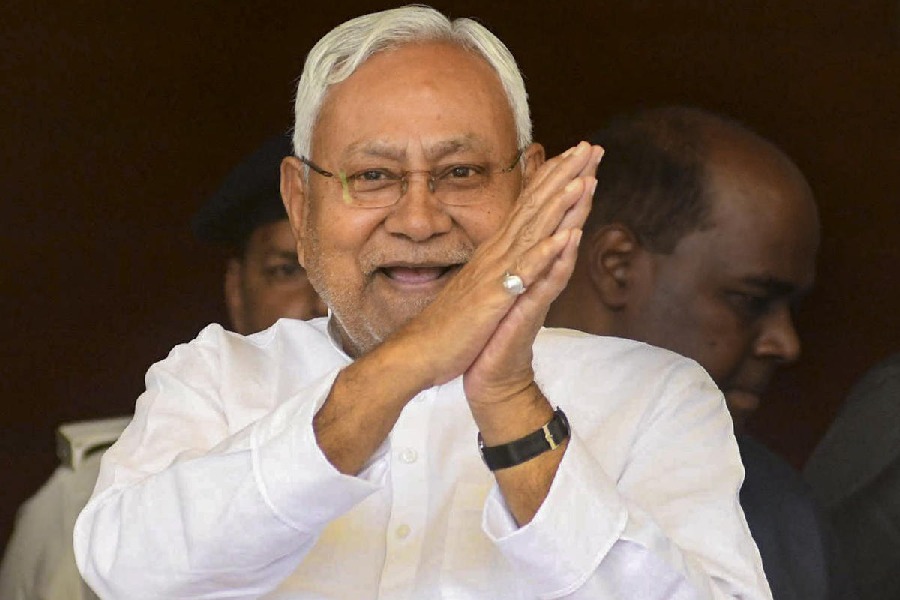
Bhubaneswar, Aug. 21: Soaring price of onion has already hit household budgets, now arhal dal is adding to the homemaker's woe.
The price of arhar dal has shot up with the retail rate touching Rs 150-a-kg and the wholesale price varying from Rs 145 to Rs 148 a kilo.
In the first week of May, the price of the dal had crossed Rs 100. Till the end of July, it hovered between Rs 100 and Rs 110, but since the first week of August it has been making a steady climb.
Homemaker Niharika Nanda said: "This is going to upset our budget as we can't do without arhar dal."
All Odisha Byabasayee Sangha general secretary Sudhakar Panda said: "The price rise has happened all of sudden."
He said the stock in the arhar-producing states such as Chhattisgarh, Madhya Pradesh, Andhra Pradesh, Karnataka and Maharashtra had seen no significant growth. "As the dal import has become costlier due to monopoly of five to six importers, the Centre should intervene and monitor their activities," he said.
"Odisha's daily requirement of arhar dal is 700 metric tonnes. Odisha gets arhar dal from major supply chains, including Raipur, Chhattisgarh, Madhya Pradesh, Andhra Pradesh, Karnataka and Uttar Pradesh. Probably with no other states having a value added tax (VAT) collection mechanism from the commodity, the 5 per cent VAT is also a burden on people," Panda said.
"If the state government waives VAT, people can get arhar at Rs 7 less than the present price. The state government should consider this immediately," he said.
Cuttack Chamber of Commerce secretary Srikant Sahu said: "Following our agitation, the state government told us to consider the VAT revision on pulses and essential food grains and we called off our agitation on April 13. However, even after four months, there is no step taken to consider the issue."
Sahu said that with the local stock almost drying up, the importers were sourcing arhar dal from Myanmar, Indonesia, Turkey and Tanzania. Similarly, peas are coming from Canada, Australia and Russia.
"Local consumption of the dal has become more than what we produce. Therefore, exporters are now trying to exploit the situation to their financial benefit," Sahu said.
Almost all arhar dal is being imported through Mumbai port.
"Now, the dal costs nearly Rs 11,000 per quintal. It needs another Rs 4,000 per quintal for processing. When the final product comes out at Rs 15,000 per quintal, the retail rate will be more," Sahu said.
Market intelligence officer Deepak Satapathy said: "We cannot do anything as the rate is linked to external pricing of the pulse. We are monitoring the rates at different level, so that people do not spend more."
Not only arhar dal, the price of onions at Rs 55 to Rs 60 per kilogram in the retail market is affecting homemakers.
High wholesale rate in the vegetable markets of Nasik in Maharashtra have triggered the situation.
Market experts, however, predict that onion rates might drop once fresh crop from Andhra Pradesh and Karnataka arrives in markets.










